What is wrong with my Loblolly Pine?
julia42
13 years ago
Related Stories
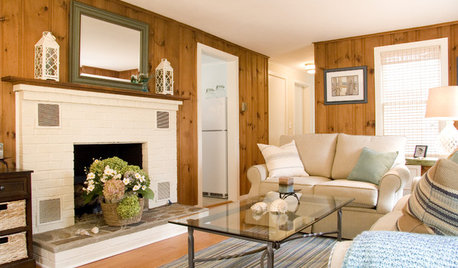
WALL TREATMENTSThese Are Not Your Grandfather’s Pine Walls
The knotty look went from popular to pariah in years past, but today’s designers are finding new and stylish ways to embrace it
Full Story
WOODKnotty and Nice: Highly Textured Wood Has a Modern Revival
Whether it's cedar, fir or pine, if a wood has a knot, it's hot
Full Story
GARDENING GUIDESPacific Northwest Gardener: What to Do in June
Now's the time to prune pines and vines, prevent pests and buy June-blooming plants to keep your garden healthy and beautiful
Full Story
INSIDE HOUZZInside Houzz: Rich Wood Transforms a Dallas Bathroom
All white was all wrong for this Texas couple. See how they remodeled their bath with high-end materials in warm tones
Full Story
FALL AND THANKSGIVINGFall Decorating Ideas From a Designer to the Stars
You might think all-out glitz and over-the-top glamour make up Adam Hunter's fall decorations. You'd be wrong
Full Story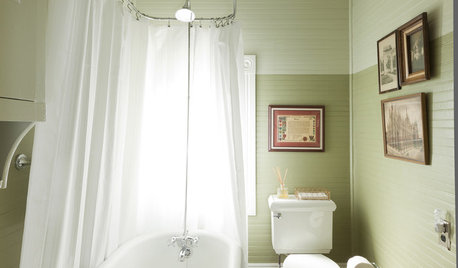
MOST POPULAR7 Soothing Spaces: How to Use Color to Create Calm at Home
Started your new year on the wrong foot? Feeling the February blahs? Maybe you need a color fix in your home
Full Story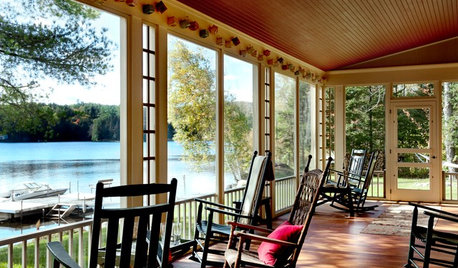
VACATION HOMESHouzz Tour: A Peaceful Lake House Rises From the Rubble
Crashing trees left this Vermont home uninhabitable, but a redesign made it better than ever
Full Story
ARBOR DAY8 Reasons to Plant a Great Tree
Beauty is its own reward, but the benefits of planting the right tree in the right place go way beyond looks
Full Story
GREENHot New Greens for Fall Decorating
Make your home ultrahappy with ultramarine or cheery with chartreuse, using the popular colors on walls, furniture or accessories this fall
Full Story
PAINTINGKnotty to Nice: Painted Wood Paneling Lightens a Room's Look
Children ran from the scary dark walls in this spare room, but white paint and new flooring put fears and style travesties to rest
Full Story





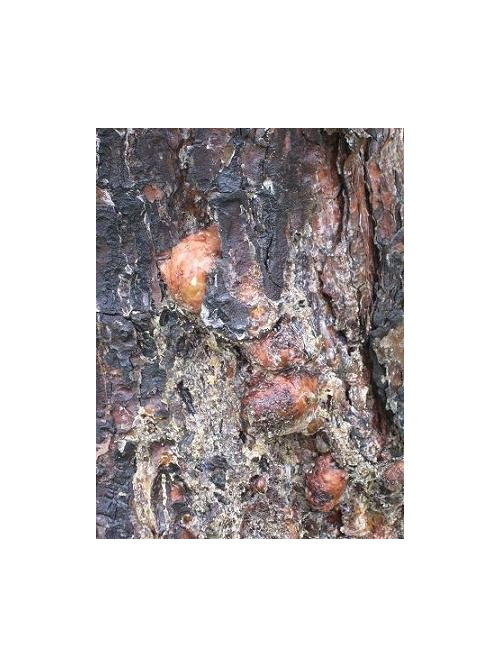
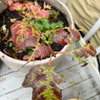
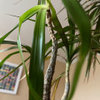
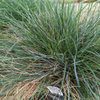
Kimmsr
rhizo_1 (North AL) zone 7
Related Professionals
Comstock Park Landscape Architects & Landscape Designers · Cary Landscape Architects & Landscape Designers · Garden City Landscape Architects & Landscape Designers · Saint Louis Park Landscape Architects & Landscape Designers · White Oak Landscape Architects & Landscape Designers · Gainesville Landscape Contractors · Bethel Park Landscape Contractors · Dallas Landscape Contractors · El Segundo Landscape Contractors · Little Ferry Landscape Contractors · Pueblo West Landscape Contractors · San Carlos Park Landscape Contractors · Wallingford Landscape Contractors · West Chicago Landscape Contractors · Golden Valley Landscape Contractorsjulia42Original Author
rhizo_1 (North AL) zone 7